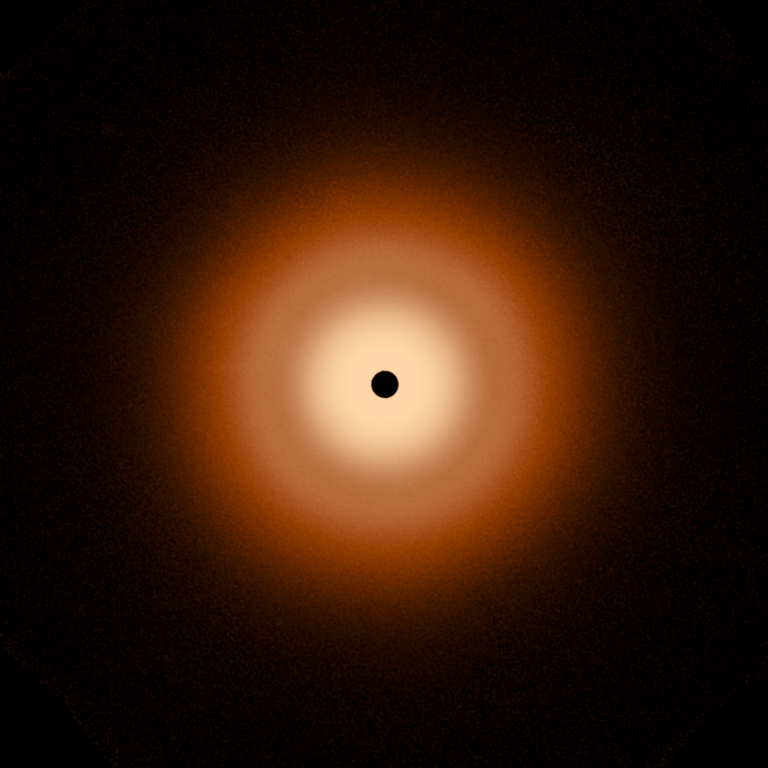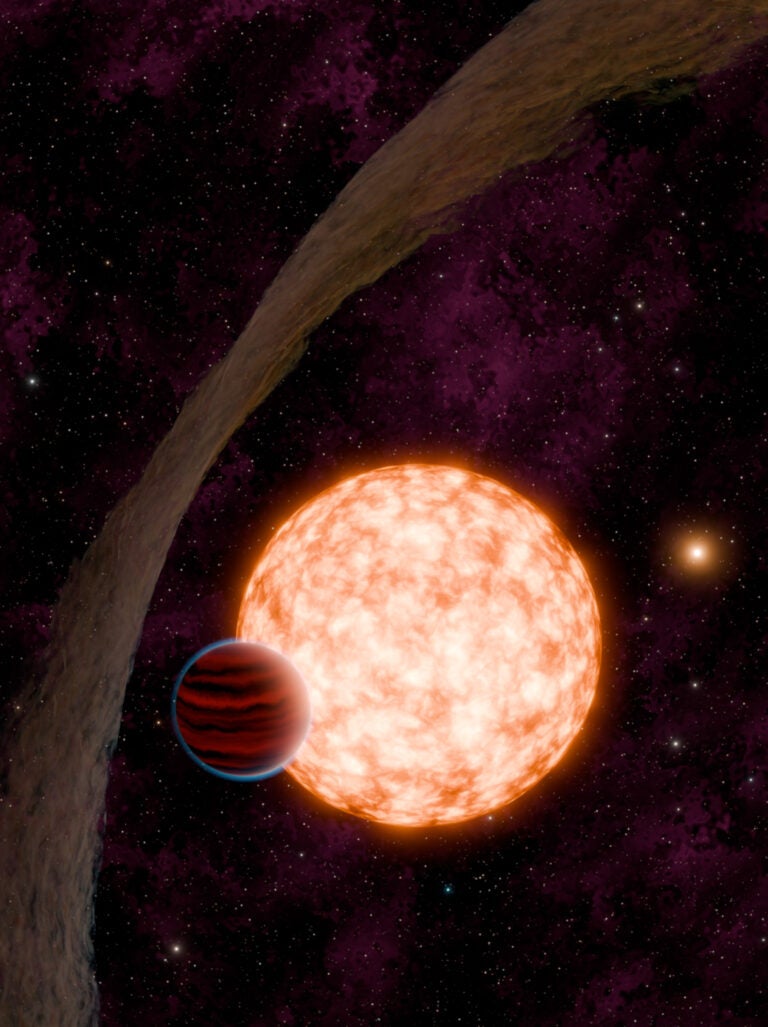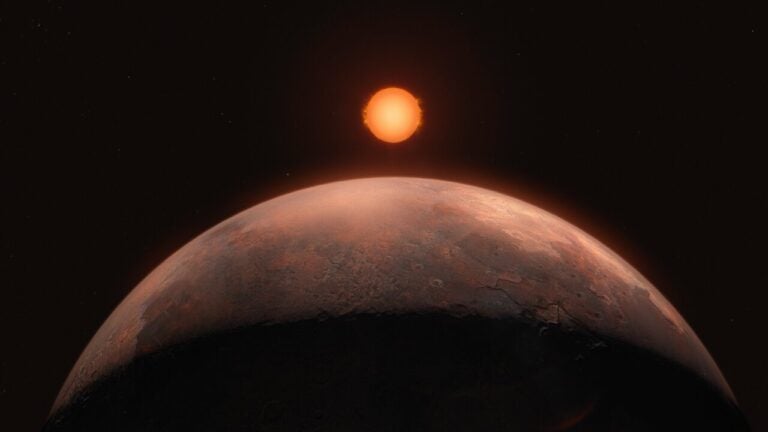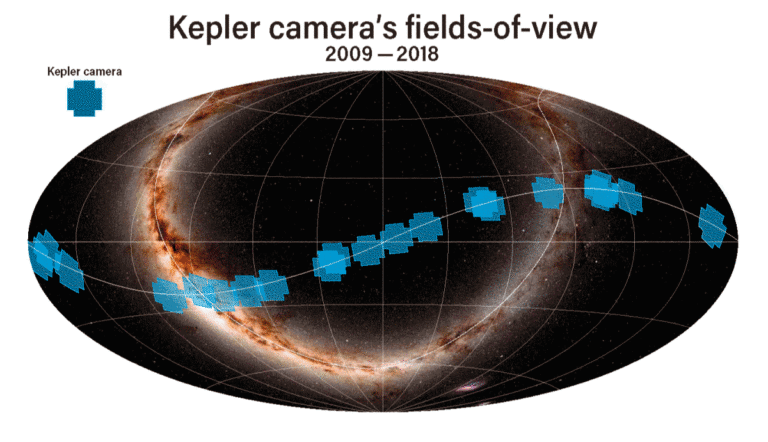“Our goal is to build a terrestrial-planet finding telescope by 2014 — to detect earthlike planets and to look for signatures of life. This is at the edge of our capability, but I believe [it is] doable.”
The press conference announcing the Neptune-size exoplanets’ discovery featured three lead astronomers of exoplanet searches: Paul Butler (far left) from the Carnegie Institute of Washington; Geoff Marcy (left) of University of California, Berkeley; and Barbara MacArthur (right) of the University of Texas, Austin. James Garvin (far right) is the Project Scientist for NASA’s Earth System Science Pathfinder mission.
Anne Kinney led the press conference and is seated in the middle.
Here is a short clip from the August 31, 2004, press conference.










